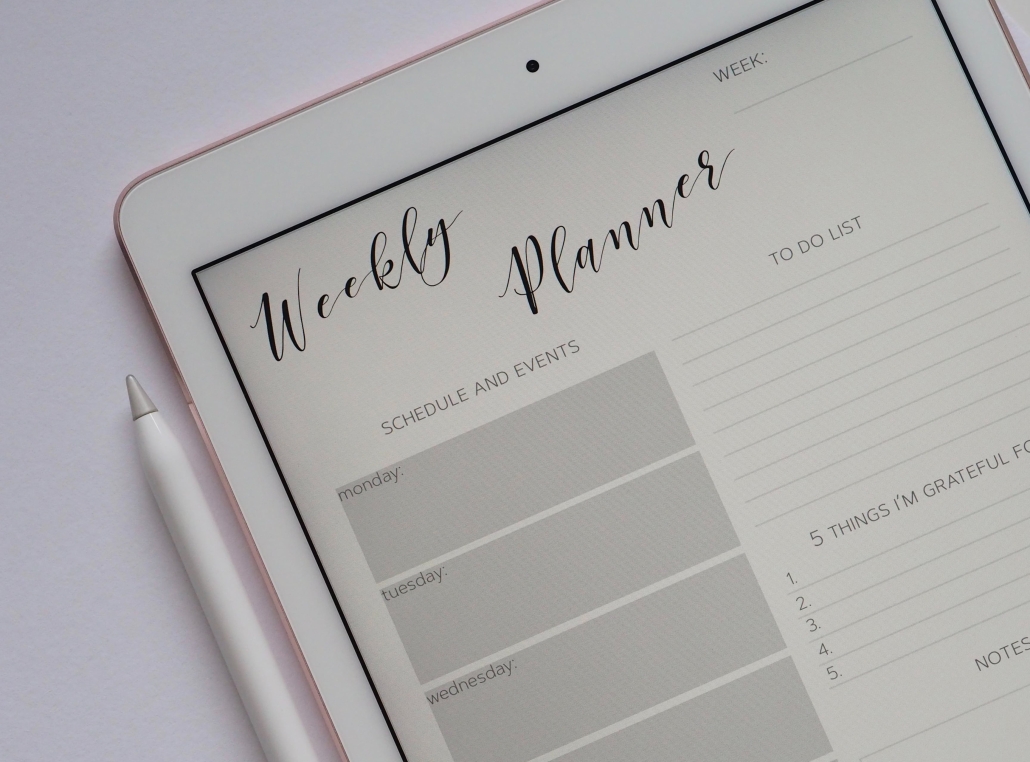Fall 2021 plumbing maintenance checklist what you need to know
It is the beautiful season of fall, which means that leaves will soon begin to change to the vibrant colors of red, gold, and yellow and fall with a crunch onto the sidewalks. Pumpkin Spice and Carmel corn feel the air, and it also likely means that it's starting to get cold outside. So, if you're in one of those non-tropical climates like most Americans, and if your pipes aren't wrapped up for winter, then they're going to have a hard time warming up when the temperatures drop.
Here is a plumbing maintenance checklist of things to prepare for this fall so you can ensure your home is working correctly. Also, make sure to shut down the outdoor faucets and use lubricant on your water meter.
- Commence with a plumbing inspection of outdoor faucets. Ensure to check for leakages from pipe joints that may have been affected by freezing temperatures during previous winters.
- Check for damage to outdoor hoses alongside the exterior faucet and replace as needed if any leaks are noticed, or you can't turn off the water supply completely.
- Clean dirt and debris from around your home's water meter using a garden hose before applying the anti-freezing solution, so it doesn't seep into the meter itself. If after doing this there is still some moisture present, remove the lid to expose inside of meter box and let drain out
- Check Hoses for Cracks or Leaks If your hose is old, has cracks, leaks, or abrasions, it's crucial to replace it. If you wait until winter, you'll be stuck with no water until the leak is fixed.
- Drain Water from Outdoor Faucet Drain outdoor faucets of any water that might freeze and cause pipes to break inside the house. Make sure the screens on the outside faucets are clean.
- Insulate Pipes in Crawl Spaces and Attics
Most crawl spaces have exposed pipes that can freeze and burst if not appropriately insulated. Attic insulation can slow down heat loss as well as keep frozen pipes from causing damage next season
- Turn off the outdoor water faucet.
- Make sure sump pumps are draining away from your home.
- Inspect for any leaks coming through the basement walls.
- Weak spots often show themselves this time of year due to moisture freezing and thawing in insulation or cracks that can be patched up very quickly with a fresh concrete sealant.
- Ensure that all outdoor hoses are disconnected, especially if they're on a sprinkler system. Those things will keep dripping even after you've turned them off, which means water is just sitting there waiting to freeze up your valves and pipes come wintertime. The best thing to do is store those hoses inside or disconnect them so water won't sit there inside the hose.
- Be sure to drain outside hose bibs and make sure window well covers are securely in place.
- Turn off the main shutoff valve
Winterizing your home's plumbing system can save you time, money, and headache when it comes to thawing the pipes come springtime. According to national averages, the average cost for a pipe repair or faucet fixture ranges between $300 and $700. Taking these small steps will help ensure your home is prepped for the colder months; if you are unsure of all the steps, then that's what the professionals are for.
Water Heater Maintenance.
- Check the water meter.
- Inspect the water heater for leaks, corrosion, and loose connections.
- Drain water heater if water will not be used over the winter months.
- Keep gas water heaters at least three feet away from operating pilot lights or other potential ignition sources. Do not use flammable liquids to thaw frozen water lines.
- If water lines freeze, remove the faucet aerator and drain water from hose bibs. When water thaws, open all faucets to flush the system.
- Keep the water pump covered with insulation if possible.
Ensure the water meter is properly lagged as water meters are often located on exterior walls of homes.
Eliminating frozen or burst pipes can help homeowners save time and money by preventing water damage to floors, ceilings, and walls during the winter months. However, it's essential not to take these precautions too far because there could be severe legal and personal safety implications associated with doing so:
- Do not disconnect your home's water supply or any other gas piping unless you know what you're doing; call a professional.
- Do not use water to thaw frozen pipes
- Do not drain water from the water supply or gas supply piping. If you do, the water pressure will be affected, and this can cause a leak to go undetected until one of these incidents occurs:
- A pipe leaks and floods your home with water.
- A pipe breaks and releases gas into your home with possible explosion hazards.
- A-line that may have been disconnected from the water supply is connected back incorrectly, leading to water damage to floors, ceilings, and walls as well as potential mold problems down the road.
- Frozen water lines burst, causing damage inside and outside your walls, so remember to watch for any changes in temperature near water lines.
- The water supply line coming out of the water meter is disconnected, which can lead to reduced water pressure or no water, especially when the water system is under stress (i.e., first thing in the morning before everyone gets up to use water).
- A gas supply line that has frozen/burst will release un-combusted fuel into your home, where it settles on the floor and then collects in low areas meaning you could be walking around with an explosive hazard under your feet!
So, there you have it - plumbers take on winterizing your house's plumbing system. Good luck and stay safe and cozy this winter.
To contact the most trusted name in Raleigh plumbers, visit poolesplumbing.com.






